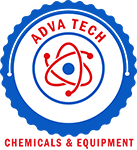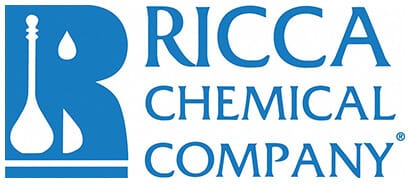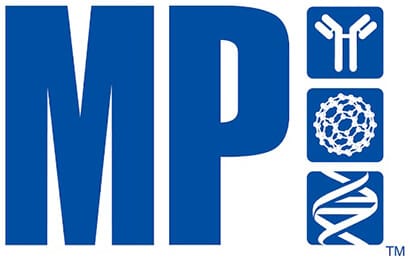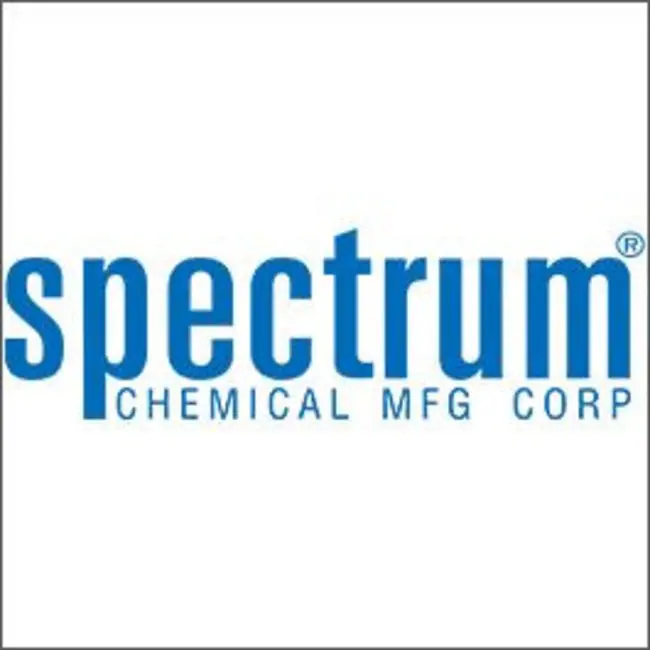Ambient
Showing 86901–86950 of 166681 results
-
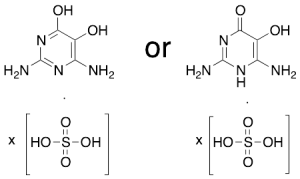
Divicine Sulfate
$424.35 Add to cart View Product DetailsMolecular Formula : C4H6N4O2 . x(H2O4S)
-

Divicine Sulfate
$618.41 Add to cart View Product DetailsMolecular Formula : C4H6N4O2 . x(H2O4S)
-
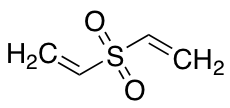
Divinyl Sulfone (Stabilized with Hydroquinone)
$54.34 Add to cart View Product DetailsMolecular Formula : C4H6O2S
-

Divinyl Sulfone (Stabilized with Hydroquinone)
$76.76 Add to cart View Product DetailsMolecular Formula : C4H6O2S
-

Divinyl Sulfone (Stabilized with Hydroquinone)
$93.15 Add to cart View Product DetailsMolecular Formula : C4H6O2S
-
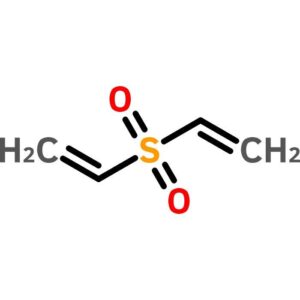
Divinyl Sulfone, (stabilized with HQ)
$29.03 Add to cart View Product DetailsDivinyl Sulfone, (stabilized with HQ)
-

Divinyl Sulfone, (stabilized with HQ)
$73.17 Add to cart View Product DetailsDivinyl Sulfone, (stabilized with HQ)
-

Divinyl Sulfone, (stabilized with HQ)
$410.07 Add to cart View Product DetailsDivinyl Sulfone, (stabilized with HQ)
-
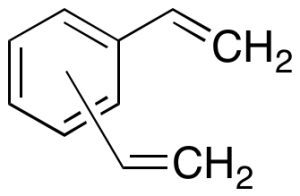
Divinylbenzene (ortho-, meta-, or para- substituted) (~80%)
$61.24 Add to cart View Product DetailsMolecular Formula : C10H10
-

Divinylbenzene (ortho-, meta-, or para- substituted) (~80%)
$82.80 Add to cart View Product DetailsMolecular Formula : C10H10
-
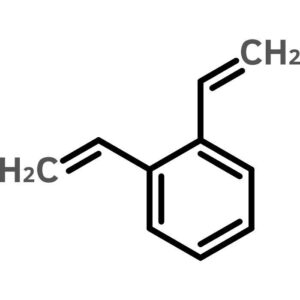
Divinylbenzene, (m- and p- mixture) (contains Ethylvinylbenzene, Diethylbenzene) (stabilized with TBC)
$45.44 Add to cart View Product DetailsDivinylbenzene, (m- and p- mixture) (contains Ethylvinylbenzene, Diethylbenzene) (stabilized with TBC)
-

Divinylbenzene, (m- and p- mixture) (contains Ethylvinylbenzene, Diethylbenzene) (stabilized with TBC)
$95.89 Add to cart View Product DetailsDivinylbenzene, (m- and p- mixture) (contains Ethylvinylbenzene, Diethylbenzene) (stabilized with TBC)
-

Divinylbenzene;m-(or p-)Divinylbenzene
$106.09 Add to cart View Product DetailsMolecular Formula : C10H10
-
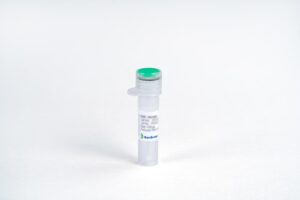
DKK-1, Human
$1,423.13 Add to cart View Product DetailsDickkopf related protein 1 (DKK-1) is a chemokine that belongs to the DKK protein family, which also includes DKK-2, DKK-3 and DKK-4. DKK-1 was originally identified as a Xenopus head forming molecule that behaves as an antagonist for Wnt signaling. It is one of the most up-regulated genes during androgen-potentiated balding, with DKK-1 messenger RNA up-regulated a few hours after DHT treatment of hair follicles at the dermal papilla in vitro. Neutralizing bodies against DKK-1 reverses DHT effects on outer root sheath keratinocytes. DKK-1 expression is attenuated by L-threonate, a metabolite of ascorbate in vitro. DKK-1 promotes LRP6 internalization and degradation as it forms a ternary complex with the cell surface receptor Kremen. DKK-1 not only functions as a head inducer during development, but also regulates joint remodeling and bone formation, which indicate sits role in the pathogenesis of rheumatoid arthritis and multiple myeloma.
-

DKK-1, Human
$47.44 Add to cart View Product DetailsDickkopf related protein 1 (DKK-1) is a chemokine that belongs to the DKK protein family, which also includes DKK-2, DKK-3 and DKK-4. DKK-1 was originally identified as a Xenopus head forming molecule that behaves as an antagonist for Wnt signaling. It is one of the most up-regulated genes during androgen-potentiated balding, with DKK-1 messenger RNA up-regulated a few hours after DHT treatment of hair follicles at the dermal papilla in vitro. Neutralizing bodies against DKK-1 reverses DHT effects on outer root sheath keratinocytes. DKK-1 expression is attenuated by L-threonate, a metabolite of ascorbate in vitro. DKK-1 promotes LRP6 internalization and degradation as it forms a ternary complex with the cell surface receptor Kremen. DKK-1 not only functions as a head inducer during development, but also regulates joint remodeling and bone formation, which indicate sits role in the pathogenesis of rheumatoid arthritis and multiple myeloma.
-

DKK-1, Human
$146.63 Add to cart View Product DetailsDickkopf related protein 1 (DKK-1) is a chemokine that belongs to the DKK protein family, which also includes DKK-2, DKK-3 and DKK-4. DKK-1 was originally identified as a Xenopus head forming molecule that behaves as an antagonist for Wnt signaling. It is one of the most up-regulated genes during androgen-potentiated balding, with DKK-1 messenger RNA up-regulated a few hours after DHT treatment of hair follicles at the dermal papilla in vitro. Neutralizing bodies against DKK-1 reverses DHT effects on outer root sheath keratinocytes. DKK-1 expression is attenuated by L-threonate, a metabolite of ascorbate in vitro. DKK-1 promotes LRP6 internalization and degradation as it forms a ternary complex with the cell surface receptor Kremen. DKK-1 not only functions as a head inducer during development, but also regulates joint remodeling and bone formation, which indicate sits role in the pathogenesis of rheumatoid arthritis and multiple myeloma.
-
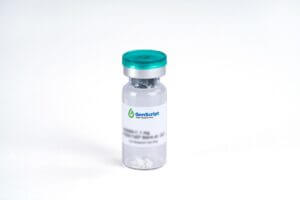
DKK-1, Mouse
$2,264.06 Add to cart View Product DetailsDickkopf related protein 1 (DKK-1) is a chemokine that belongs to the DKK protein family, which also includes DKK-2, DKK-3 and DKK-4. DKK-1 was originally identified as a Xenopus head forming molecule that behaves as an antagonist for Wnt signaling. It is one of the most up-regulated genes during androgen-potentiated balding, with DKK-1 messenger RNA up-regulated a few hours after DHT treatment of hair follicles at the dermal papilla in vitro. Neutralizing bodies against DKK-1 reverses DHT effects on outer root sheath keratinocytes. DKK-1 expression is attenuated by L-threonate, a metabolite of ascorbate in vitro. DKK-1 promotes LRP6 internalization and degradation as it forms a ternary complex with the cell surface receptor Kremen. DKK-1 not only functions in head formation during development, but also regulates joint remodeling and bone formation indicating its potential role in the pathogenesis of rheumatoid arthritis and multiple myeloma.
-
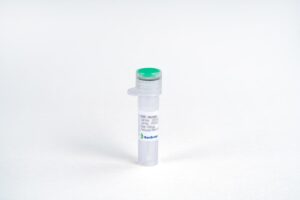
DKK-1, Mouse
$90.56 Add to cart View Product DetailsDickkopf related protein 1 (DKK-1) is a chemokine that belongs to the DKK protein family, which also includes DKK-2, DKK-3 and DKK-4. DKK-1 was originally identified as a Xenopus head forming molecule that behaves as an antagonist for Wnt signaling. It is one of the most up-regulated genes during androgen-potentiated balding, with DKK-1 messenger RNA up-regulated a few hours after DHT treatment of hair follicles at the dermal papilla in vitro. Neutralizing bodies against DKK-1 reverses DHT effects on outer root sheath keratinocytes. DKK-1 expression is attenuated by L-threonate, a metabolite of ascorbate in vitro. DKK-1 promotes LRP6 internalization and degradation as it forms a ternary complex with the cell surface receptor Kremen. DKK-1 not only functions in head formation during development, but also regulates joint remodeling and bone formation indicating its potential role in the pathogenesis of rheumatoid arthritis and multiple myeloma.
-

DKK-1, Mouse
$271.69 Add to cart View Product DetailsDickkopf related protein 1 (DKK-1) is a chemokine that belongs to the DKK protein family, which also includes DKK-2, DKK-3 and DKK-4. DKK-1 was originally identified as a Xenopus head forming molecule that behaves as an antagonist for Wnt signaling. It is one of the most up-regulated genes during androgen-potentiated balding, with DKK-1 messenger RNA up-regulated a few hours after DHT treatment of hair follicles at the dermal papilla in vitro. Neutralizing bodies against DKK-1 reverses DHT effects on outer root sheath keratinocytes. DKK-1 expression is attenuated by L-threonate, a metabolite of ascorbate in vitro. DKK-1 promotes LRP6 internalization and degradation as it forms a ternary complex with the cell surface receptor Kremen. DKK-1 not only functions in head formation during development, but also regulates joint remodeling and bone formation indicating its potential role in the pathogenesis of rheumatoid arthritis and multiple myeloma.
-

dl Homocysteine Thiolactone Hydrochloride
$56.93 Add to cart View Product DetailsMolecular Formula : C4 H7 N O S . Cl H
-

dl Homocysteine Thiolactone Hydrochloride
$159.56 Add to cart View Product DetailsMolecular Formula : C4 H7 N O S . Cl H
-
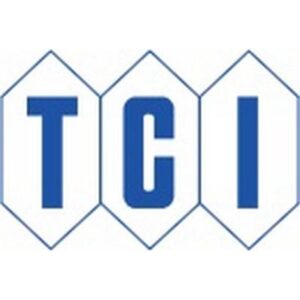
DL-(+/-)-Arginine Hydrochloride
$45.44 Add to cart View Product DetailsDL-(+/-)-Arginine Hydrochloride
-

DL-(+/-)-Arginine Hydrochloride
$82.02 Add to cart View Product DetailsDL-(+/-)-Arginine Hydrochloride
-

DL-(+/-)-Arginine Hydrochloride
$247.26 Add to cart View Product DetailsDL-(+/-)-Arginine Hydrochloride
-
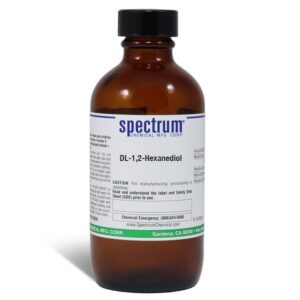
DL-1,2-Hexanediol
$168.76 Add to cart View Product DetailsDL-1,2-Hexanediol
-
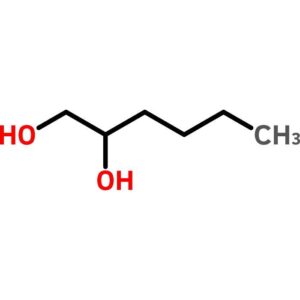
DL-1,2-Hexanediol
$2,162.47 Add to cart View Product DetailsDL-1,2-Hexanediol
-

DL-1,2-Hexanediol
$6,291.60 Add to cart View Product DetailsDL-1,2-Hexanediol
-

DL-1,2-Hexanediol
$9,815.53 Add to cart View Product DetailsDL-1,2-Hexanediol
-

DL-1,2-Hexanediol
$33,589.27 Add to cart View Product DetailsDL-1,2-Hexanediol
-
DL-10-Camphorsulfonic Acid
$151.80 Add to cart View Product DetailsMolecular Formula : C10 H16 O4 S
-
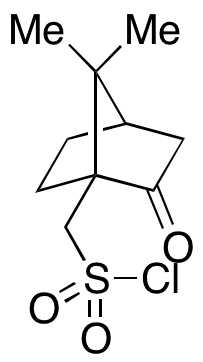
DL-10-Camphorsulfonyl Chloride
$56.06 Add to cart View Product DetailsMolecular Formula : C10H15ClO3S
-

DL-10-Camphorsulfonyl Chloride
$94.01 Add to cart View Product DetailsMolecular Formula : C10H15ClO3S
-

DL-10-Camphorsulfonyl Chloride
$132.83 Add to cart View Product DetailsMolecular Formula : C10H15ClO3S
-
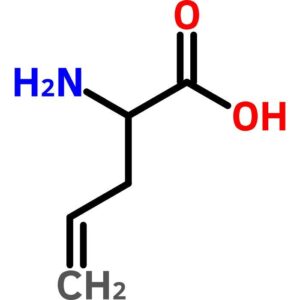
DL-2-Allylglycine
$119.85 Add to cart View Product DetailsDL-2-Allylglycine
-

DL-2-Allylglycine
$478.17 Add to cart View Product DetailsDL-2-Allylglycine
-

DL-2-Amino-1-pentanol
$56.06 Add to cart View Product DetailsMolecular Formula : C5H13NO
-

DL-2-Amino-1-pentanol
$67.28 Add to cart View Product DetailsMolecular Formula : C5H13NO
-

DL-2-Amino-1-pentanol
$88.84 Add to cart View Product DetailsMolecular Formula : C5H13NO
-
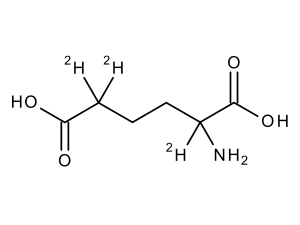
DL-2-Amino-1,6-hexanedioic-2,5,5-d3 Acid
$352.76 Add to cart View Product DetailsMolecular Formula : C6 D3 H8 N O4
-

DL-2-Amino-1,6-hexanedioic-2,5,5-d3 Acid
$593.40 Add to cart View Product DetailsMolecular Formula : C6 D3 H8 N O4
-
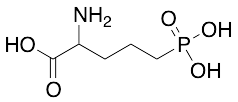
DL-2-Amino-5-phosphonopentanoic Acid
$87.11 Add to cart View Product DetailsMolecular Formula : C5H12NO5P
-

DL-2-Amino-5-phosphonopentanoic Acid
$142.31 Add to cart View Product DetailsMolecular Formula : C5H12NO5P
-

DL-2-Amino-5-phosphonopentanoic Acid
$461.44 Add to cart View Product DetailsMolecular Formula : C5H12NO5P
-
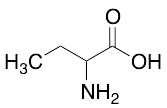
DL-2-aminobutyric acid
$60.38 Add to cart View Product DetailsMolecular Formula : C4H9NO2
-

DL-2-aminobutyric acid
$76.76 Add to cart View Product DetailsMolecular Formula : C4H9NO2
-
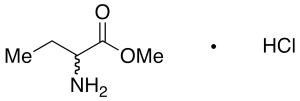
DL-2-Aminobutyric Acid Methyl Ester Hydrochloride
$111.26 Add to cart View Product DetailsMolecular Formula : C5H12ClNO2
-

DL-2-Aminobutyric Acid Methyl Ester Hydrochloride
$341.55 Add to cart View Product DetailsMolecular Formula : C5H12ClNO2
-
DL-2-Aminobutyric-2,3,3,4,4,4-d6 Acid
$63.83 Add to cart View Product DetailsMolecular Formula : No Data Available
-
DL-2-Aminobutyric-2,3,3,4,4,4-d6 Acid
$79.35 Add to cart View Product DetailsMolecular Formula : C4H3D6NO2
-
DL-2-Aminobutyric-2,3,3,4,4,4-d6 Acid
$119.89 Add to cart View Product DetailsMolecular Formula : No Data Available
